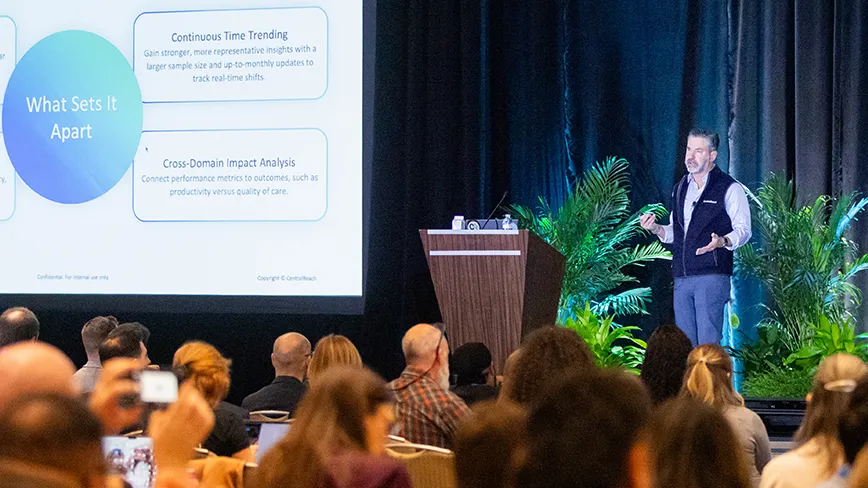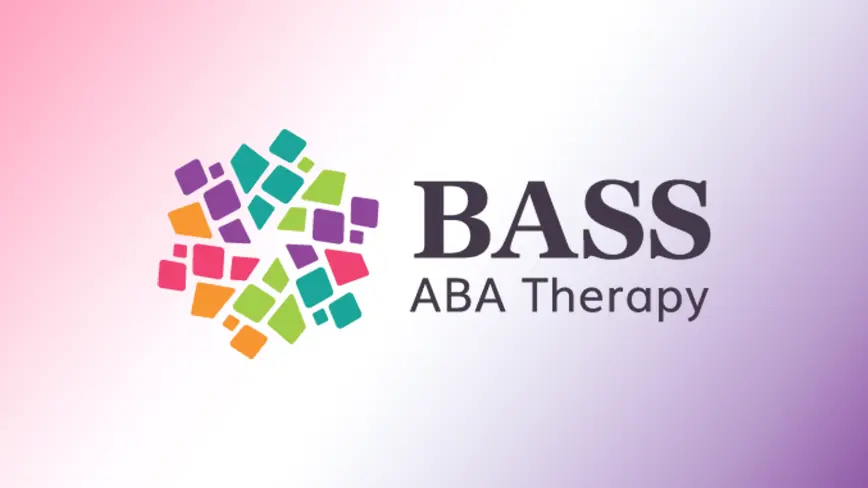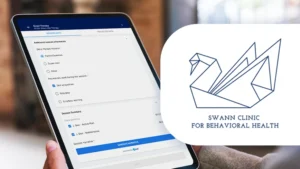If you are a clinical entrepreneur familiar with an Accounts Receivables table, chances are you cringe when you scroll to the furthest right-hand column. This dreaded section, known as the “120 column”, is the “I hope I get paid”, “prayers needed” black hole of billing.
120+ Days Overdue
The best case scenario for claims housed in “120” is they are four months late. However, for many over-worked practice owners, out-standing claims are ancient, some due many years ago.
What Does “120” Really Mean?
As a clinical entrepreneur, “120” signals two potential scenarios: (1) you get paid hideously late (2) you don’t get paid at all. Unfortunately for a bank, they only see one column, the latter scenario, which is a red light for loan approvals.
How to Select an “Outsource” Partner
This brings us to an important point. “Outsourcing” implies a lack of transparency, and sadly some companies operate this way. If a billing company doesn’t share details about its workflows and practice, then run the other way. Think of it this way. If that company were to suddenly disappear, what would you do?
While every practice has owed payments on the books, only those due within the last 90 days are deemed financially “healthy.” Since banks like to see A/Rs frequently, you have to keep an eye on that right-hand beast. Therefore take a deep breath and select that “plus sign” in CentralReach (or other therapy billing application) to see those scary overdue claims details.
Drilling Down “The Black Hole”
Cutting away at the dead branches is imperative for any practice seeking funding. That’s why a healthy 120-column should look more sparse than a maple tree in Boston in mid-January. When you drill down to review the individual appointments that weren’t paid, you’ll find the biggest culprits boil down to the same reason:
- Claim was rejected and needed reworking (i.e. no follow up)
- Sent to wrong address or email (i.e. no follow up)
- Missing additional information needed (i.e. no follow up)
- Payment was supposedly sent but never received (i.e. no follow up)
- Insert problem here – still, no follow up
Follow Up Wisely
While every therapy billing system is different, you’ll need to drill down by payer and client to tackle what’s needed. In CentralReach the copay is automatically separated from the claim amount, which makes pinpointing who to chase much easier.
Obviously dollar amounts vary for each line item, but chasing a $40 payment can be just as time-consuming as one for $9,0000. If you’re paying someone $20 an hour to chase late payments, they better be hunting large game and more importantly, focusing on your top payers. For example, if an insurance company owes you $100,000, and 25% of it ($25,000) resides in the “120” column, a bank may not count ANY of it if they mark the payer as unreliable.
Taming The Beast
While it’s daunting to drill down the Black Hole of Billing, it’s still your ticket to loan approvals and recouped money. Think of it like like an oil well. It may seem dark and gloomy, but your attitude will change quickly when you start seeing bling and cha-ching.
By Adam Sellers, Director of Implementation, and Christie Calahan, Director of Marketing and Communications






